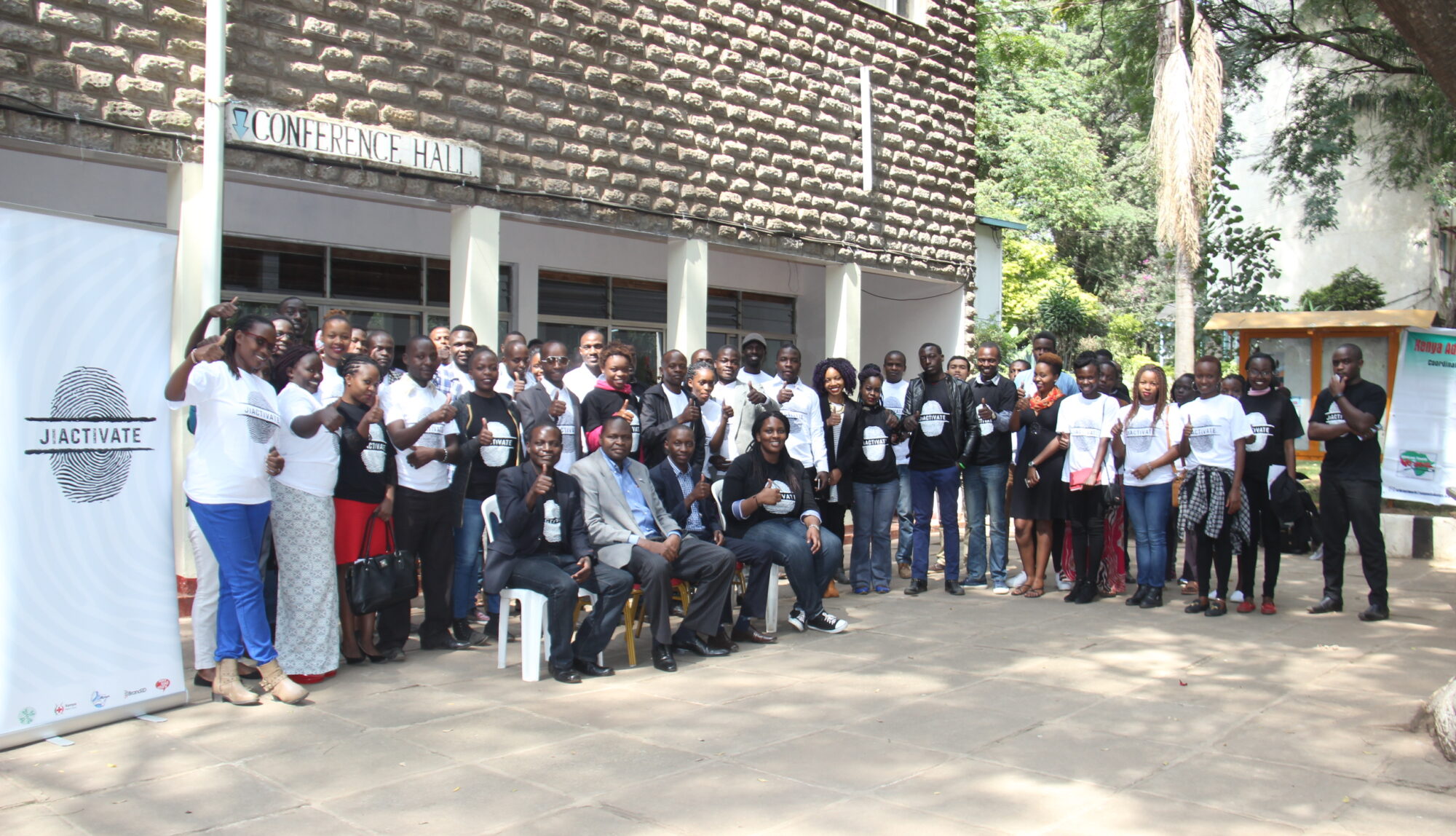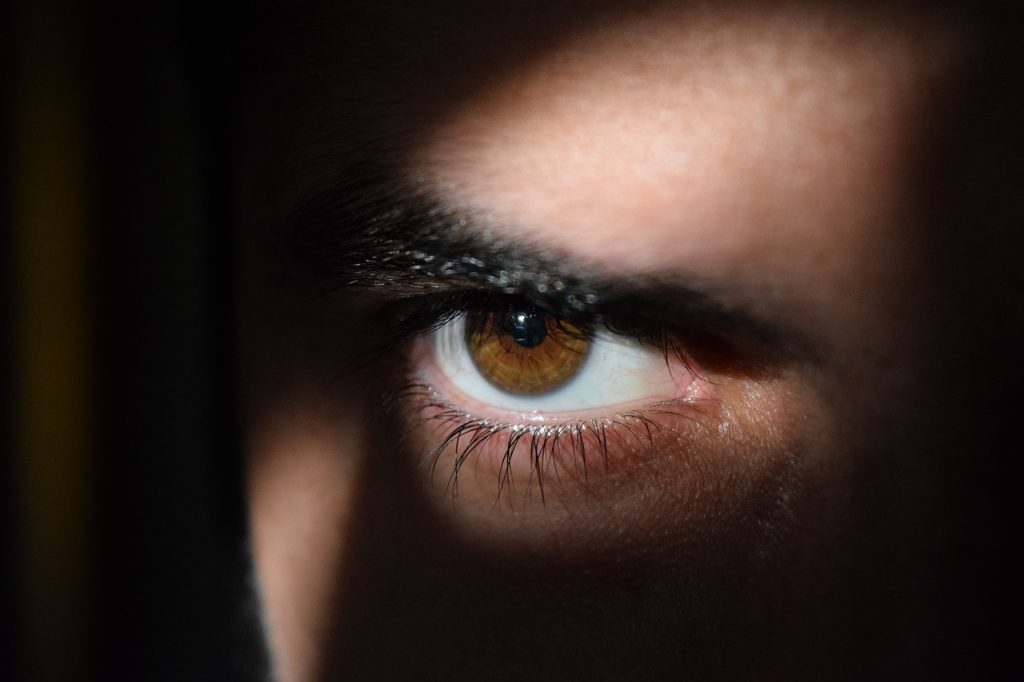7 Common Eye Health Issues Among Women (How to Prevent & Control)

Our eyes, those marvelous windows to the world, play a crucial role in our daily lives. Yet, we often take them for granted until a problem arises.
Many of us only think about eye check-ups when our vision falters, but regular visits to the eye doctor can catch issues early on.
Vision changes, eye strain, or discomfort might be signs of something more, making those routine check-ups essential.


Digital Eye Strain: Navigating the Screens of Modern Life
In today’s digital age, we spend countless hours staring at screens, be it computers, smartphones, or tablets. This can lead to digital eye strain, causing discomfort, blurry vision, and headaches.
Taking breaks, adjusting screen settings, and using the 20-20-20 rule (look 20 feet away for 20 seconds every 20 minutes) can help ease the strain.
Dry Eyes: Tears Are More Than Emotions
Dry eyes aren’t just a result of a tearjerker movie; they can be a real issue. Hormonal changes, age, or environmental factors can lead to inadequate tear production, causing irritation and discomfort. Using artificial tears and staying hydrated can provide relief.



Age-Related Macular Degeneration: A Sneaky Culprit
As we age, our eyes aren’t exempt from wear and tear. Age-related macular degeneration (AMD) is a common condition where the central part of the retina deteriorates, affecting sharp vision.
While there’s no cure, a healthy diet rich in nutrients like vitamins C and E, zinc, and omega-3 fatty acids may help reduce the risk.
Cataracts: Clouding the Vision
Cataracts, like a cloud over the lens of the eye, are more common as we get older. They can cause blurry vision, sensitivity to light, and difficulty seeing at night.
Fortunately, cataract surgery is a common and effective procedure to restore clear vision.
Glaucoma: The Silent Thief of Sight
Glaucoma often creeps up without warning, gradually damaging the optic nerve and leading to vision loss. Regular eye check-ups are crucial for early detection.
While it can’t be cured, medications or surgery can help manage glaucoma and prevent further damage.



Pregnancy and Vision: Changes You Might Not Expect
Pregnancy brings about a multitude of changes, and your eyes aren’t exempt. Fluid retention can lead to changes in the shape of the eye, affecting vision.
Additionally, hormonal shifts may cause dry eyes or blurred vision. These changes are often temporary but worth discussing with an eye care professional.
Protecting Your Eyes: A Lifetime Commitment
Shielding your eyes from the sun is not just about looking stylish in sunglasses. Prolonged exposure to the sun’s harmful UV rays can contribute to cataracts and AMD.
Invest in quality sunglasses that block 100% of UVA and UVB rays, and don’t forget a wide-brimmed hat for extra protection.
Article by Lynet Okumu